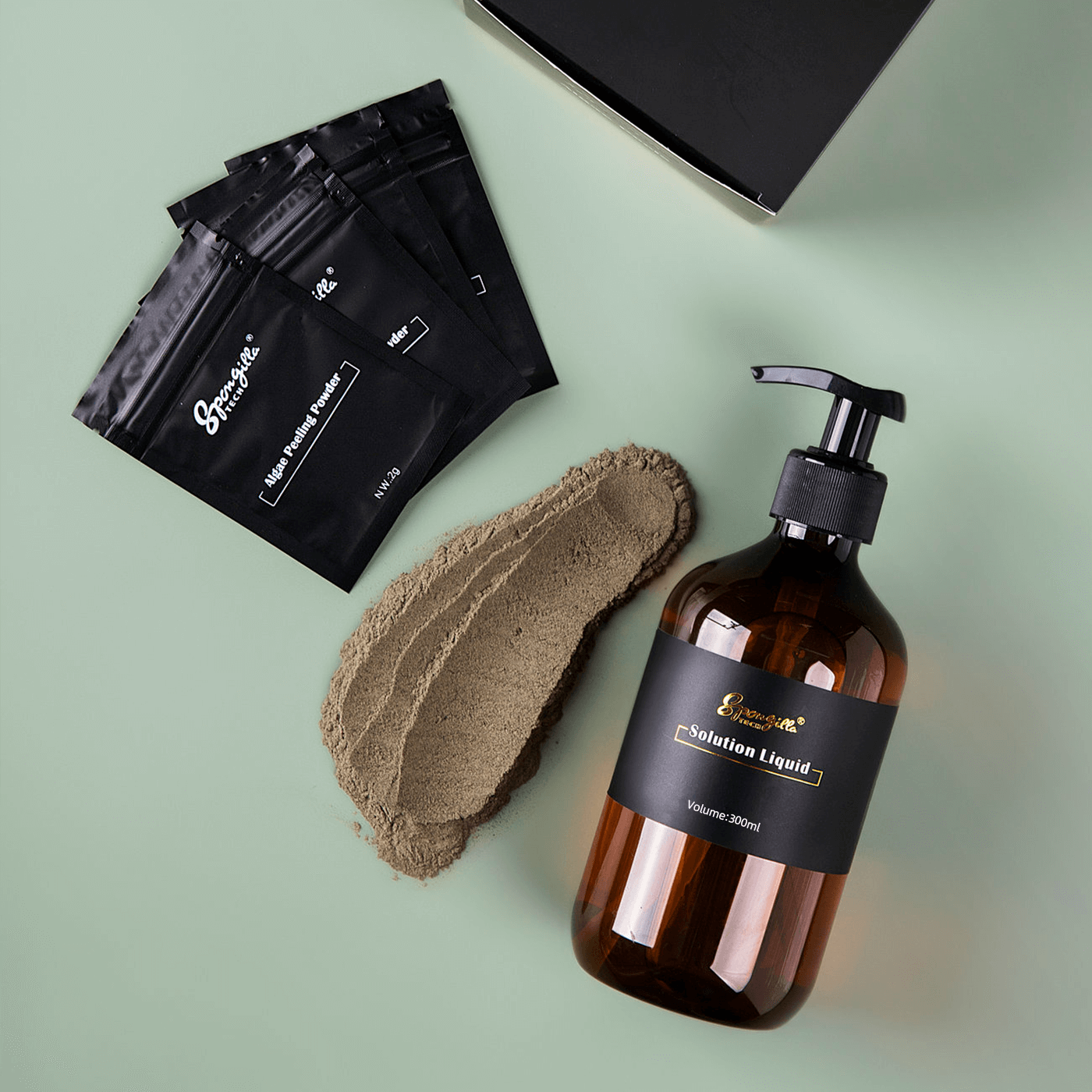Sponges are fascinating aquatic organisms that have been studied for centuries due to their unique structures and biological functions. One of the most intriguing components of these simple creatures is the Sponge Spicules. These tiny, needle-like structures play a crucial role in the sponge’s overall anatomy and survival. But what exactly are Sponge Spicules, and how do they vary among different species of sponges? In this article, we will explore the different types of spicules found in sponges and their significance in marine biology.
Understanding Sponge Spicules
Sponge Spicules are structural elements that serve as the “skeleton” of a sponge. They are composed of silica or calcium carbonate and help maintain the sponge’s shape, deter predators, and assist in the capture of food particles. Sponges are among the oldest multicellular organisms on Earth, and their Sponge Spicules have played a vital role in their evolution and adaptation to different environments.
There are several types of Sponge Spicules, each with unique shapes and functions. These spicules can be broadly categorized based on their composition, shape, and size. The two main types of spicules are megascleres and microscleres.
Types of Sponge Spicules Based on Composition
Sponges are generally classified into two types based on the composition of their spicules: siliceous spicules and calcareous spicules.
- Siliceous Spicules
Siliceous spicules are composed of silica, a hard and glass-like material. They are the most common type of spicules found in the majority of sponge species, especially in Demospongiae and Hexactinellida classes. These Sponge Spicules are known for their intricate and diverse shapes, which can range from simple rods to complex stars. The silica-based composition gives these spicules a certain degree of flexibility and strength, which is vital for sponges living in various marine environments. - Calcareous Spicules
Calcareous spicules, as the name suggests, are made of calcium carbonate. These are typically found in sponges belonging to the class Calcarea. Calcareous spicules tend to be more fragile compared to their siliceous counterparts, and they are usually limited to shallow, temperate waters. These Sponge Spicules are vital for maintaining the structural integrity of sponges in less turbulent water conditions.
Types of Sponge Spicules Based on Shape
Based on shape, Sponge Spicules can be classified into several types:
- Monaxon Spicules
Monaxon spicules are the simplest type and have a single axis that extends in a straight or slightly curved line. These spicules can be found in a variety of shapes, such as rods, needles, or clubs. The monaxon spicules are usually long and slender, which helps in providing structural support to the sponge. - Triaxon Spicules
Also known as triactines, triaxon spicules have three rays radiating from a common center, forming a Y or T shape. These Sponge Spicules are common in calcareous sponges and provide a framework that supports the sponge’s tissue and allows for water flow through its canals. - Tetraxon Spicules
Tetraxon spicules have four rays extending from a common point, forming an X shape. They are also known as tetractines and are primarily found in certain groups of siliceous sponges. The four-rayed structure provides enhanced support and stability to the sponge’s body. - Polyaxon Spicules
Polyaxon spicules, or polyactines, have more than four rays radiating from a central point. These spicules are often found in deep-sea sponges where they provide additional support needed to withstand high-pressure environments. Polyaxon Sponge Spicules are usually more complex in shape and help sponges anchor themselves to the ocean floor.
Functions of Sponge Spicules
The primary function of Sponge Spicules is to provide structural support, but they serve several other important roles as well:
- Defense Against Predators
The rigid and often sharp nature of Sponge Spicules acts as a deterrent against predators. The silica or calcium carbonate composition makes it difficult for many marine animals to consume sponges. - Support and Stability
Sponge Spicules provide support and maintain the sponge’s shape, allowing it to stand upright and maintain an open network of pores and channels for water flow. This is essential for the sponge’s feeding, respiration, and waste removal processes. - Anchorage
Sponges often live in dynamic marine environments where they need to anchor themselves to a substrate. The unique shapes and sizes of Sponge Spicules help them attach securely to rocks, shells, and other surfaces on the ocean floor. - Filtration
Some spicules have specialized shapes that enhance water filtration. For example, spicules with curved or branching structures can increase the surface area for water to flow through, helping the sponge capture more food particles from the surrounding water.
Evolutionary Significance of Sponge Spicules
The diversity and complexity of Sponge Spicules have important implications in the field of evolutionary biology. Spicules have been used to classify different species of sponges and understand their evolutionary relationships. Fossilized spicules provide insights into the ancient marine environments and help scientists trace the evolutionary history of sponges, which are believed to have existed for over 500 million years.
Applications of Sponge Spicules in Research and Industry
Beyond their ecological importance, Sponge Spicules have various applications in research and industry. For example, researchers study the unique properties of these spicules to develop new materials and nanotechnology solutions. In recent years, spicules have also gained attention in the field of biomedical research for their potential use in bone regeneration and other medical applications.
Conclusion
In summary, Sponge Spicules are fundamental components of sponges that come in various shapes and compositions, each serving multiple purposes. From providing structural support to protecting against predators, these tiny yet powerful structures play a crucial role in the sponge’s life and survival. Understanding the different types of spicules in sponges not only helps us appreciate the complexity of these ancient marine organisms but also opens up new avenues for scientific research and industrial applications. At Chengdu Cosmotek, we continue to explore and harness the potential of natural materials like Sponge Spicules to innovate and create products that contribute to sustainable development.






